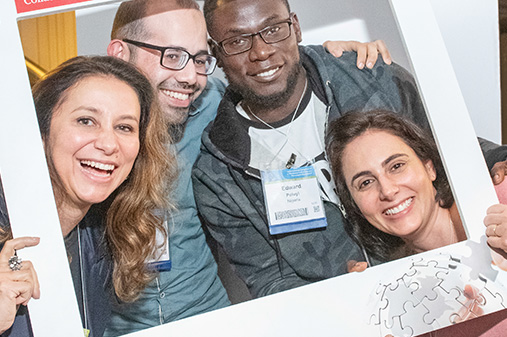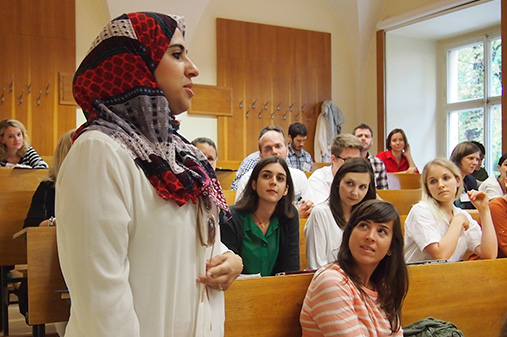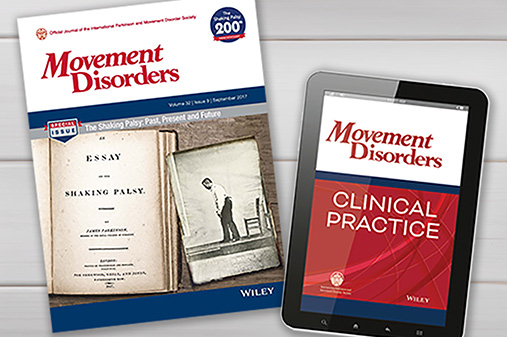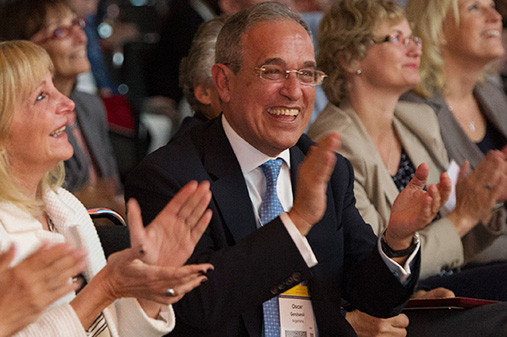 VOLUME 29, ISSUE 2 • JUNE 2025. Full issue »
VOLUME 29, ISSUE 2 • JUNE 2025. Full issue »

On February 15, the World Federation of Neurology (WFN) - Asian and Pacific Association of Neurology (AOAN) had an e-learning day on movement disorders, organized in collaboration with the International Parkinson and Movement Disorders Society (MDS).
The course was a comprehensive, full-day academic session focused on the diagnosis, classification, and management of movement disorders, with an emphasis on both hypokinetic and hyperkinetic syndromes. Each session included presentations followed by Q&A segments, fostering interaction and deeper understanding.
The after-opening session was presented by Prof. Wolfgang Grisold, Prof. Christopher Chen, and Dr. Victor Fung, Presidents of the WFN, AOAN, and MDS, respectively.
Afterwards, the first panel was on “Introduction to Movement Disorders (MDs) in Asia.” The first lecture was given by Prof. Eng-King Tan on “Basic Science and Clinical Applications in Movement Disorders.” Afterwards, Prof. Shen-Yang Lim focused on hyperkinetic MDs, and discussed differential diagnosis of MDs considering phenomenology, onset, and associated features, including some regional epidemiological characteristics. The third lecture was given by Prof. Priya Jagota, and approached movement disorders more commonly seen in Asia, both genetic (such as Lubag disease, SCA12 or Rufor-Rakeb syndrome) and non-genetic (such as latah and infantile tremor syndrome). Finally, the last panel ended with a presentation by Prof. Nobutaka Hattori, who discussed not only the treatment of PD but also the availability of professionals, medication, and advanced therapies in the different Asian countries.
The second panel was on hypokinetic movement disorders. After an introduction to PD by Prof. Njideka Okubadejo, Prof. Beomseok Jeon discussed the differential diagnosis of parkinsonism, including infectious causes, structural, toxic, and neurodegenerative. Afterwards, Dr. Chin Hsien Lin discussed the treatment of Parkinson disease, including the treatment of motor fluctuations and multidisciplinary teams. Finally, the second panel ended with Prof. Elena Moro discussing advanced treatment in people with PD.
Afterwards, early in the afternoon, there was a third panel on hyperkinetic movement disorders. First Prof. Fung, President of MDS, discussed the approach to tremor, followed by Dr. Yoshikazu Ugawa on the approach to jerky movements, including neurophysiological evaluation of these phenomena. The last two sessions were on approach and treatment of dystonia, lectured by Prof. Zakiyah Aldaajani and Prof. Kailash Bhatia, respectively.
Finally, the session ended with a third panel on special topics in movement disorders. Prof. Pramod Pal discussed common MDs in General Medicine, including MD manifestations of vascular, endocrine, and toxic/metabolic disorders, highlighting the treatability of many of these disorders. Afterwards, Prof. Simon Lewis discussed the differential diagnosis of parkinsonian gait. Prof. Hirohisa Watanabe discussed the role of imaging in the diagnosis of secondary and neurodegenerative parkinsonian disorders, including advanced imaging techniques. Finally, the last lecture was given by Prof. Roongroj Bhidayasiri on the use of gadgets and technology in movement disorders.
The closing remarks were delivered by Prof. Grisold.
Most of the sessions are available on-demand at the WFN e-learning hub.
Read more Moving Along:






